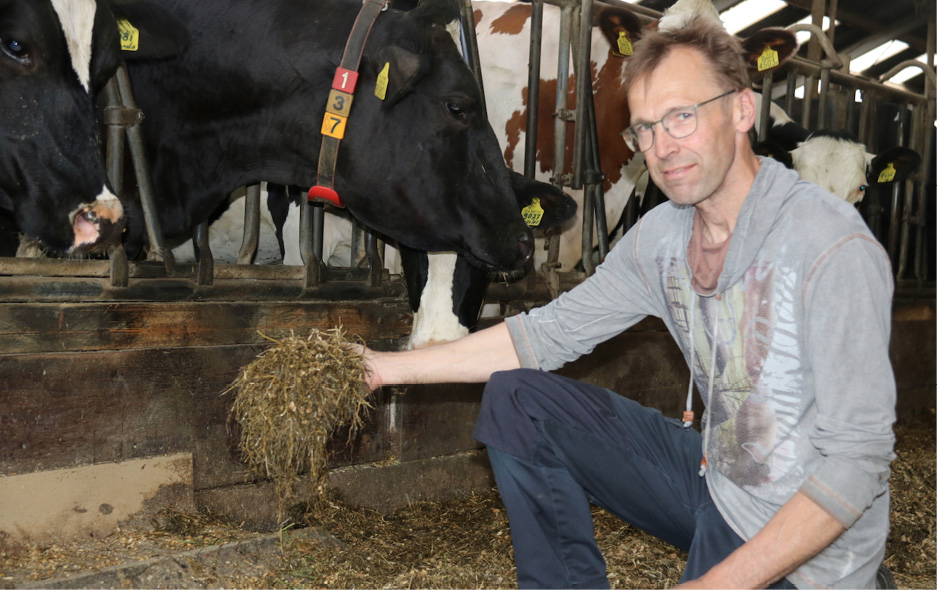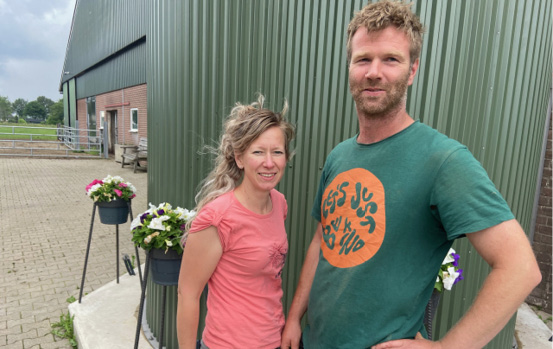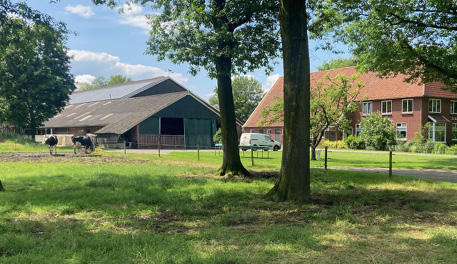Europe’s manure mathematics frustrate farmers

Trucks show up at Han Langeler’s dairy farm in the Netherlands each spring and haul some of the cow manure up to 150 kilometres away.
Read Also


Dutch farmer separates nitrogen from manure to fertilize crops
Ton Groot Roessink milks about 200 cows near Baak, using robots, automated feeding and automated manure cleaning. Manure from the farm is put through a biogas digester. The methane is burned to produce electricity and heat for the farm.
There, it is spread on fields in an area with fewer livestock farms than Langeler’s area near Aalten, near the German border. Langeler then buys nitrogen fertilizer to top up the manure he was allowed to spread.
Trucking manure is part of the strange nitrogen mathematics used in Europe as it attempts to balance nutrient use and penalizes manure based only on its nitrogen effect, without considering other nutrients, soil organic matter and biological benefits.
The regulations led to farmer protests across Europe this winter and spring, leading up to the recent European-wide elections.
Langeler spends about 10,000 euros (C$15,000) per year to send his manure north to an area with more crops and clay soil. In two years, when the Netherlands decreases the amount of nitrogen allowed to be spread to 170 kilograms per hectare, Langeler’s bill will increase to nearly 30,000 euros ($44,400).
His farm can now spread 230 kilograms per hectare of nitrogen. Farmers on clay soils can spread about 20 kg more per hectare.
“We found we have a lot of problems among farmers with it. We said it is a little bit stupid because you must fertilize,” says Langeler during a visit to his farm, where he works with his wife, Marion, on the dairy farm started by her grandmother. They milk about 130 cows with two robotic milkers.
There are reasons the Netherlands is concerned about nitrogen. The country is on the North Sea coast and has thousands of man-made and natural waterways. The Netherlands has about 1.6 million dairy cattle, similar to Canada’s number, but they are housed in an area about one-third the size of southern Ontario.
There are areas of high livestock density, including Langeler’s neighbourhood. He stands in his farmyard, in the short distance between the house and the barn, and points to several other dairy farms within a kilometre. Most of them milk 100 to 200 cows. There’s also a beef farm nearby.


The farms are most often generational and started on small plots of land.
The Langelers have had to find more land, and their main crops are grown two kilometres away from the barn, but that’s still not enough land to satisfy regulations that limit nitrogen. The government is also pushing greater use of grass versus corn, as it says grass can hold nitrogen better, says Langeler.
The Netherlands exports 60 to 70 per cent of its milk, which has prompted the suggestion that it should aim for self-sufficiency, not exports. That would require a significant reduction in dairy farmers and processors.
Most of the guidance on limits to nitrogen application comes from metrics set by European Union bureaucrats. That’s resulted in what’s called ‘derogation’, cracking down on areas where nitrogen is believed to be too high, especially in the Netherlands and Ireland. Both countries have growing dairy production, and with more cows comes more manure.
When milk quota was phased out in 2015 in the Netherlands, farmers took steps to secure their business futures by expanding and becoming more productive, which meant an increase in milk. Now, the government is using environmental regulations instead of quotas to control milk production.
Langeler says EU officials claim chemical nitrogen fertilizer is more available to plants and has less pollution potential than manure. There isn’t strong research to support that stance and he says research is underway to provide better data on nutrient availability by nitrogen source.
Concern about the far-reaching implications of government regulations, like those in the Netherlands, has resulted in protests by farmers in the EU, especially in France and the Netherlands. It has become more than just a popular movement. The Farmer-Citizen Movement party (known as BoerBurgerBeweging, or the BBB) won the most seats in the Dutch Senate in March, and in May, the BBB was one of four parties that formed a coalition government.
Langeler says it’s estimated that 10 to 20 per cent of a Dutch farmer’s time is spent on paperwork and regulation compliance. During a tour of his farm, he pointed to numerous management practices determined not by efficiency, but by environmental or societal edicts on animal care.
For 30 years, Dutch farmers have had to inject their manure, but a few hundred metres from Langeler’s farm and across the German border, manure injection isn’t a requirement. Germans face restrictions on nitrogen use, but with more land, the situation isn’t as acute.
The demand doesn’t come just from government. Processing companies have their own requirements, adding to the complex web of sometimes contradictory subsidies and regulations.
Langeler’s farm qualifies as a low-carbon output farm, mostly because it doesn’t use imported soybeans for feed, instead relying on spent brewers grains. Grass has to be about 80 per cent of the ration, although that’s not a regulation. There’s concern that as fewer dairies graze their cows, the 80 per cent level could be regulated.
The low-carbon status gives Langeler a few cents more on his milk price to 0.48 Euros (70 cents). There’s another two cents to be had by grazing cattle.
Other practices, like keeping calves with their mothers for at least six months, can result in a higher milk price.
Significant pressure from the government will leave Langeler and his family with choices to make. The government has a buyout plan that pays 25 per cent more than the market value of the farm. If accepted, the buildings would be levelled and the farmer would have to sign a legal agreement not to produce livestock in the future.
Source: Farmtario.com

